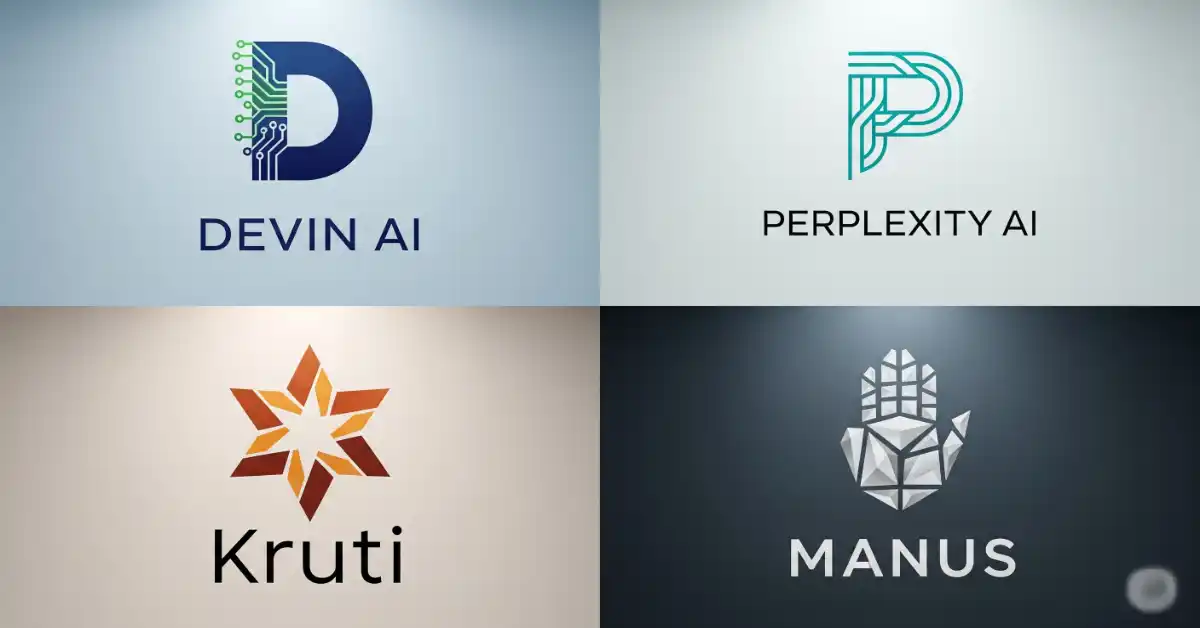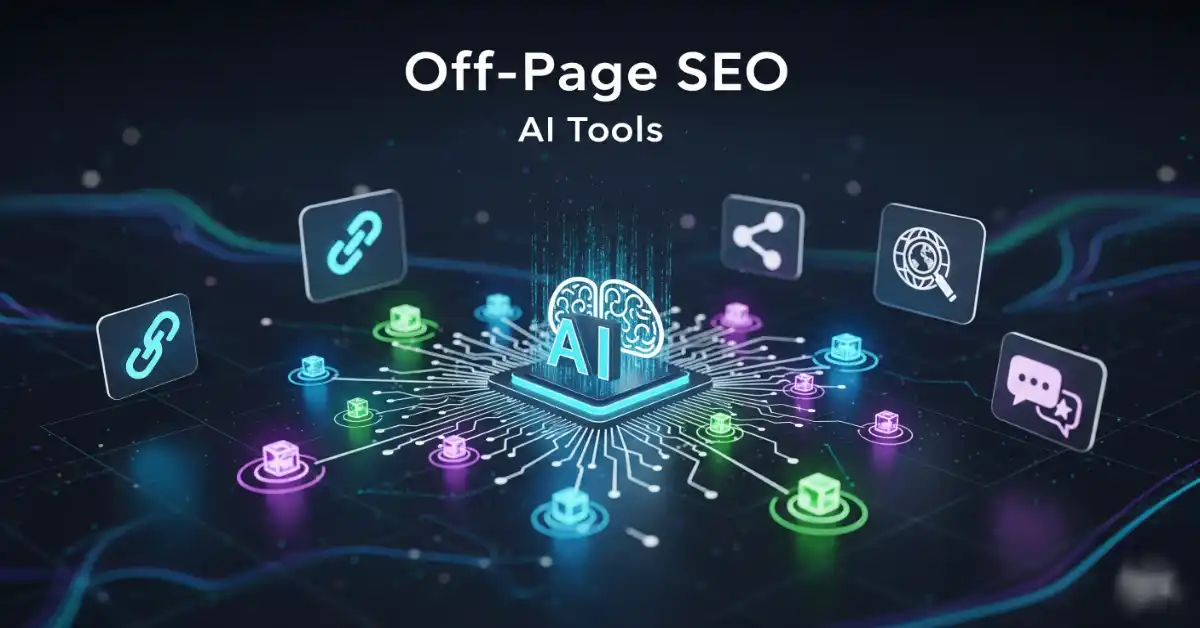In today’s digital world, cybersecurity has become more important than ever. Every organization, big or small, relies on computers and the internet, which makes them vulnerable to cyber threats. Hackers and cybercriminals are finding new ways to attack networks, steal data, and disrupt systems. Traditional security methods are sometimes slow or unable to detect sophisticated attacks. This is where Artificial Intelligence (AI) plays a crucial role.
AI is changing the way we protect our digital systems. It helps cybersecurity teams detect threats faster, respond automatically, and prevent attacks before they cause damage. Using AI, organizations can monitor large networks in real time, analyze unusual behavior, and strengthen their overall cyber defense.
In this article, we will explain how AI is used in cybersecurity, introduce some of the best free AI tools for cybersecurity, and discuss the benefits, advantages, and disadvantages of using AI in this field.
How AI is Used in Cybersecurity
AI can process huge amounts of data and spot unusual patterns that humans might miss. Here’s how it is applied in cybersecurity:
- Detecting Threats Quickly: AI can identify malware, phishing attempts, and ransomware attacks faster than traditional methods. It can notice unusual network activity or file changes that might signal a cyberattack.
- Behavior Monitoring: AI tools can watch how users interact with systems. If a user account behaves differently than usual, AI can flag it for investigation.
- Automatic Response: AI systems can take immediate action when a threat is detected. For example, it can block suspicious login attempts or quarantine infected files without waiting for human intervention.
- Predicting Risks: By studying past attacks and current patterns, AI can predict potential vulnerabilities and warn organizations before a real attack occurs.
AI allows cybersecurity teams to act faster, reduce errors, and improve overall protection. It is especially useful for monitoring complex networks or systems where manual monitoring is nearly impossible.
Free AI Tools for Cybersecurity
Several AI tools are available for free or with free versions, making it easier for small businesses, IT teams, and security enthusiasts to improve their cybersecurity. Some of the top AI tools for cybersecurity include:
- Snort: An open-source network intrusion detection system. It uses AI to analyze traffic and identify potential threats in real-time.
- Cortex XSOAR (Free Tier): A platform that automates security operations and incident responses using AI-driven playbooks.
- OSSEC: An open-source host-based intrusion detection system that monitors system logs to detect suspicious activity.
- AlienVault OSSIM: Combines threat intelligence with AI to identify attacks, vulnerabilities, and suspicious network behavior.
- Microsoft Security Copilot: Integrates AI with Microsoft security products to analyze threats and suggest protection strategies.
- ClamAV: An open-source antivirus engine that uses AI-based heuristics to detect malware effectively.
- Kali Linux AI Modules: Includes AI-powered tools for penetration testing, vulnerability scanning, and security assessments.
These tools help organizations and security professionals manage cyber risks without spending a lot of money. Even for students and beginners, these AI tools provide hands-on experience in modern cybersecurity practices.
Benefits of AI in Cybersecurity
AI provides several important advantages in cybersecurity. Some of the main benefits are:
- Faster Threat Detection: AI identifies new and unknown threats quickly, helping prevent attacks before they spread.
- Continuous Monitoring: Unlike humans, AI can work 24/7, constantly monitoring networks, systems, and user activity.
- Reduced Human Error: AI can analyze patterns and behaviors accurately, lowering the chance of mistakes that humans might make.
- Predictive Protection: AI can forecast potential attacks and vulnerabilities, allowing organizations to act proactively.
- Efficiency: AI automates routine security tasks, freeing cybersecurity teams to focus on more complex issues.
Using AI in cybersecurity improves overall protection and allows organizations to respond faster to emerging threats.
Advantages and Disadvantages of AI in Cybersecurity
While AI offers many benefits, it is important to understand both its strengths and limitations.
Advantages:
- Speed and Efficiency: AI can process large amounts of data faster than humans.
- Automation: Routine security tasks, like scanning logs or checking for malware, can be automated.
- Adaptability: AI systems can learn from new attacks and improve their detection methods.
- Scalability: AI tools can handle growing networks and large amounts of data without slowing down.
Disadvantages:
- High Initial Cost: Some AI tools require investment in software, hardware, and technical skills.
- False Alarms: AI may flag safe actions as threats, causing unnecessary alerts.
- Data Dependence: AI works best with quality data; poor or incomplete data can reduce accuracy.
- Cybercriminal AI: Hackers are also using AI to create advanced attacks, which can make defense more challenging.
Understanding these pros and cons helps organizations use AI effectively while minimizing potential risks.
AI Tools for Cybersecurity Professionals
Professional cybersecurity teams can greatly benefit from AI-powered tools. These tools help experts:
- Automate detection and incident response.
- Analyze threats using large datasets.
- Predict vulnerabilities and possible attack paths.
- Manage multiple systems efficiently without constant manual monitoring.
Tools like Cortex XSOAR, Microsoft Security Copilot, and AlienVault OSSIM are especially useful for professionals because they combine automation with actionable insights. With AI handling routine monitoring, cybersecurity experts can focus on strategy, planning, and threat analysis.
Conclusion
AI is changing the way we approach cybersecurity. It provides faster threat detection, continuous monitoring, and predictive protection, making it an essential tool for organizations of all sizes. From free AI tools for cybersecurity like Snort and OSSEC to advanced AI-powered cybersecurity tools for professionals, AI offers a modern approach to digital protection.
While AI brings many advantages, including automation and efficiency, it also comes with challenges such as cost, complexity, and the possibility of false alerts. Still, integrating AI into cybersecurity strategies is no longer optional. It is critical in today’s fast-paced digital world.
By using AI tools for cybersecurity, organizations, IT teams, and individuals can protect their networks more effectively, save time, and stay ahead of cybercriminals. Even simple AI tools can make a big difference in securing sensitive data and keeping digital systems safe.










